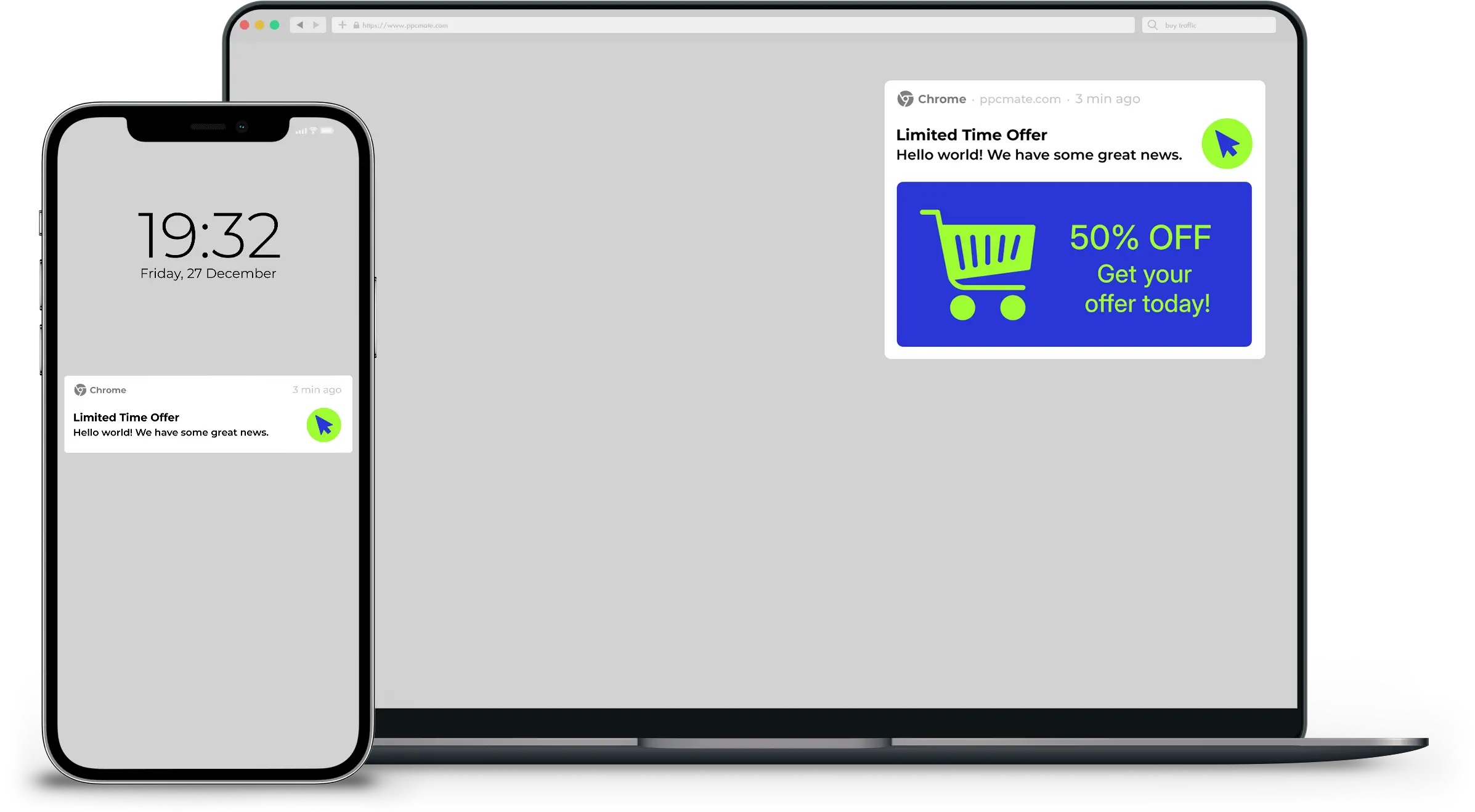How do you get to this point? You have to tell your brand’s story.
How to Tell Your Brand’s Story
A big part of telling your brand’s story is breaking it up into both internal and then external considerations. Many brands, unfortunately, skip straight to the external part of trying to tell a brand’s story, but if you skip any internal questions then telling your story won’t be as strong and you’ll start to have conflicting information. This can hurt your brand’s story in the end.
In other words, it’s important to walk before your run.
Step #1: Internal Considerations
Internal considerations force you to ask: What does your brand mean to your employees? Your stakeholders? Your upper management? Consider a few of the following best practices:
Culture
Culture in the workplace dictates everything – how employees act, how they dress, how invested they are in the company. Creating an inviting and success-driven culture is one of the most important things you can do when branding your company internally. What does your company value? What do you want customers or stakeholders to see and appreciate from your company? Positive workplace culture will lead to positive employee morale, which will lead to increased productivity, which will lead to stability in your workforce.
So what does this have to do with telling your story? This is a huge part of your story, so you need to understand it. These considerations will also help you keep the ideas flowing from everyone in the company. They say you can’t truly understand something until you’ve heard all sides, so if you’re going to tell the story you need to have all sides on your mind. Creating a positiveworkplace culture can be as easy as implementing a casual dress code, encouraging employee camaraderie, or initiating company activities such as volunteering.
Language
Piggybacking on the last point, create a common language about the company from your employees. Ask your employees to describe the company and see what they say. This can create a conversation that can lead to a clearly defined description and idea about the company and the way it works. If everyone is on the same page here, it’s easier to understand one another and work together. You can learn more about the importance of language to create a story here.
Voice
Another way to create a cohesive brand is to create a persona for your company. Is your company masculine or feminine? Is it straight-laced or kooky? Your voice will use your common language to connect with your employees, who will then create a positive workplace culture. This also ties right along into the voice you will use when portraying your brand externally. Many companies forget that part of creating a brand is having a distinguishable voice, so you need to have this in mind as soon as possible.
Step #2: Sharing Externally
Getting a message to your consumers or prospective consumers can be very easy – build a website, connect through social media, get the media’s attention, etc. But, doing all of that while following your company’s brand takes a little more effort. Your brand represents you – your company, your CEO, your products, your reputation, your employees, your stakeholders, your future.
Take, for example, Walgreens. Their “brand” is “Walgreens at the corner of happy and healthy.” This is a nod toward their pharmacy and the other services they provide including food, drinks, hygiene products, photo centers, and more. The brand encompasses the energy they want their stores to possess and what exactly they want to do for you – we want you to get what you want and we want to help keep you healthy.
To create a successful brand story externally:
Effective Messaging (Try Persuasion)
You have seconds to get your audience’s attention, keep it, and then be remembered. Your brand must tell that story. Your messaging must be easy to understand, memorable, and persuasive.
If someone doesn’t understand what you’re selling them, why you’re targeting them, and what it will do to make their lives easier, they aren’t going to pay attention. Simple is best.
Make it memorable. Do you remember jingles from commercials when you were very young? The Oscar Meyer song will never leave my memory because the jingle was catchy, easy to memorize and fun. That’s good branding.
At the end of the day, you’re selling something – a product, service or otherwise – so naturally your brand messaging needs to be persuasive. Why is your product better than your competitor? Why should I pick you? Why is it worth it to switch to your brand? What can you provide me? Believe it or not, this is all a part of your brand’s story.
Effective Messenger
Your effective message must have an effective messenger to deliver your brand. Brands need to have a recognizable, likable face or voice backing their brand. Take celebrity spokespeople – they are added and dropped all the time based on what they represent in their professional and personal lives. The brand relies on them to sell their product, and if they can’t be trusted, they shouldn’t be speaking for your company.
A great example comes from the nonprofit Workshops for Warriors. Their spokesperson isn’t a celebrity, but he is very connected to their cause. Because this nonprofit trains and certifies Veterans into manufacturing careers, the fact that he is a Veteran himself and spent 15 years in the Navy makes him directly connected and passionate about the cause. You want to listen to what he has to say because he has experience and he has his own story. As you’ll see in this video, his connection to the military frames the way the brand tells their story.
Stick With the Message
Once you’ve created your brand – once you’ve really asked yourself “Why do we do what we do? Why? But why?” – Then you stick to it. Every communication is a vehicle to deliver your brand messaging, so use it! Emails, press releases, tweets, Facebook posts, webinars, conferences, are all channels, which your brand can ride to your audience. Create your brand and get it in front of people. See what happens and tweak when necessary. The more you do it, the more memorable your brand will become.
Nail the “Takeoff and Landing”
Pull your audience in and re-engage at the end. Whether it’s a speaking engagement or the end of a campaign, engage your audience heavily in the beginning, make it interesting, and wrap up by pulling your message together in a nice bow. Memorable, to the point, and easy to understand.
Brands require time to build and more time to maintain. Companies often have to re-brand and it is those moments when you take your head out of the weeds of it and look at the big picture. Who are you? What do you do? Why do you do it? What does that mean to your audience? What do you want it to mean to your audience? Never stop asking questions – once you get comfortable, that is when the game changes.
Keeping a pulse on the world of your product or service is one of the most important things you can do. Understand when it’s time to change, however minor it may be, to re-engage your current audience and engage new members.
Do you have any tips on how you built your brand’s story? Share your thoughts in the comment section below.
___
by Amanda DiSilvestro









